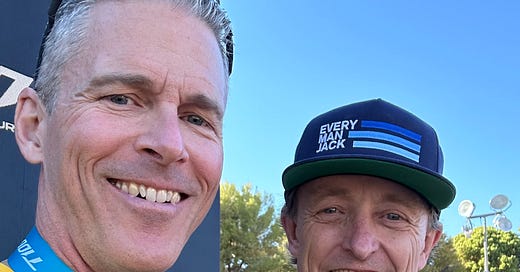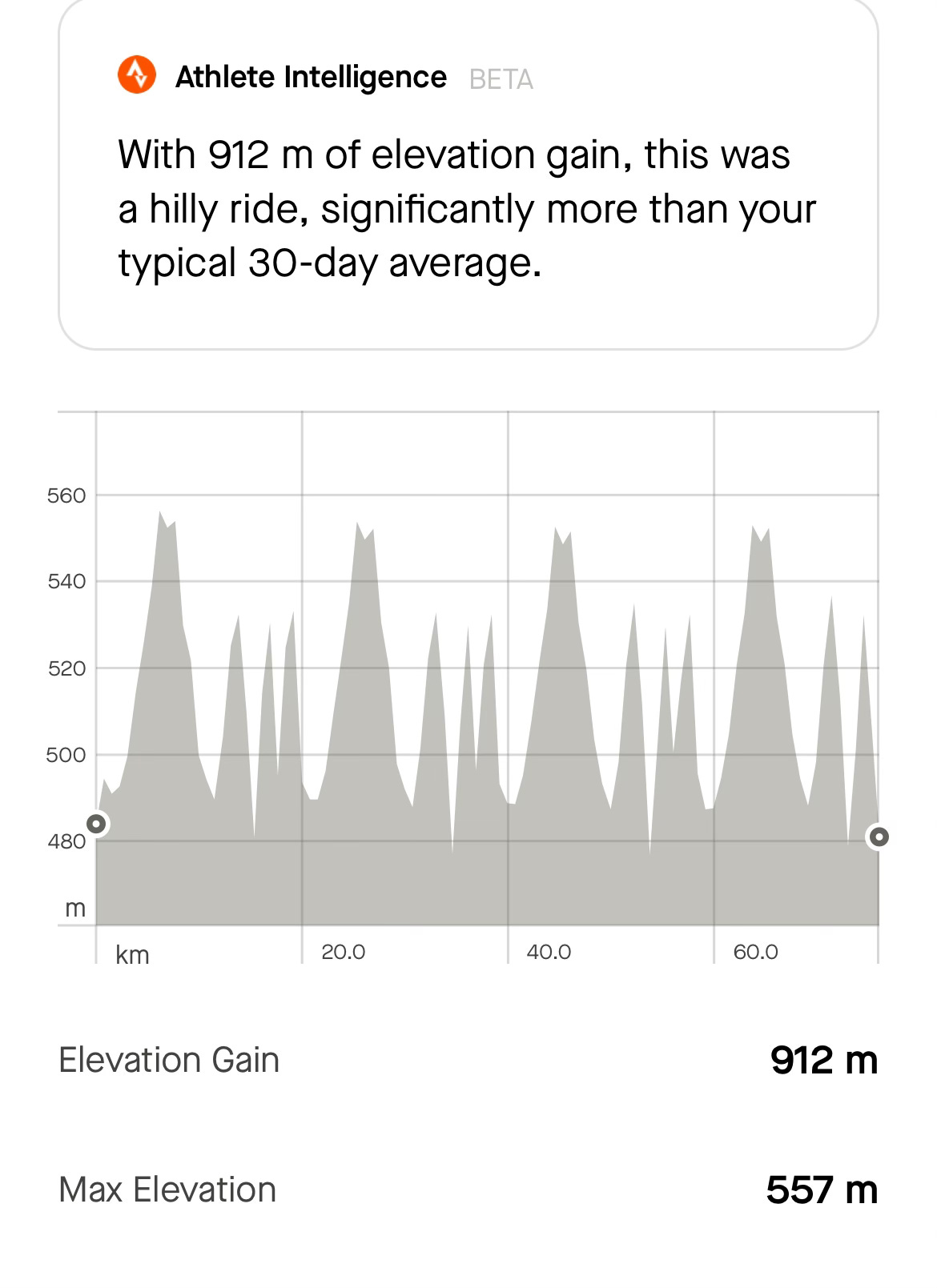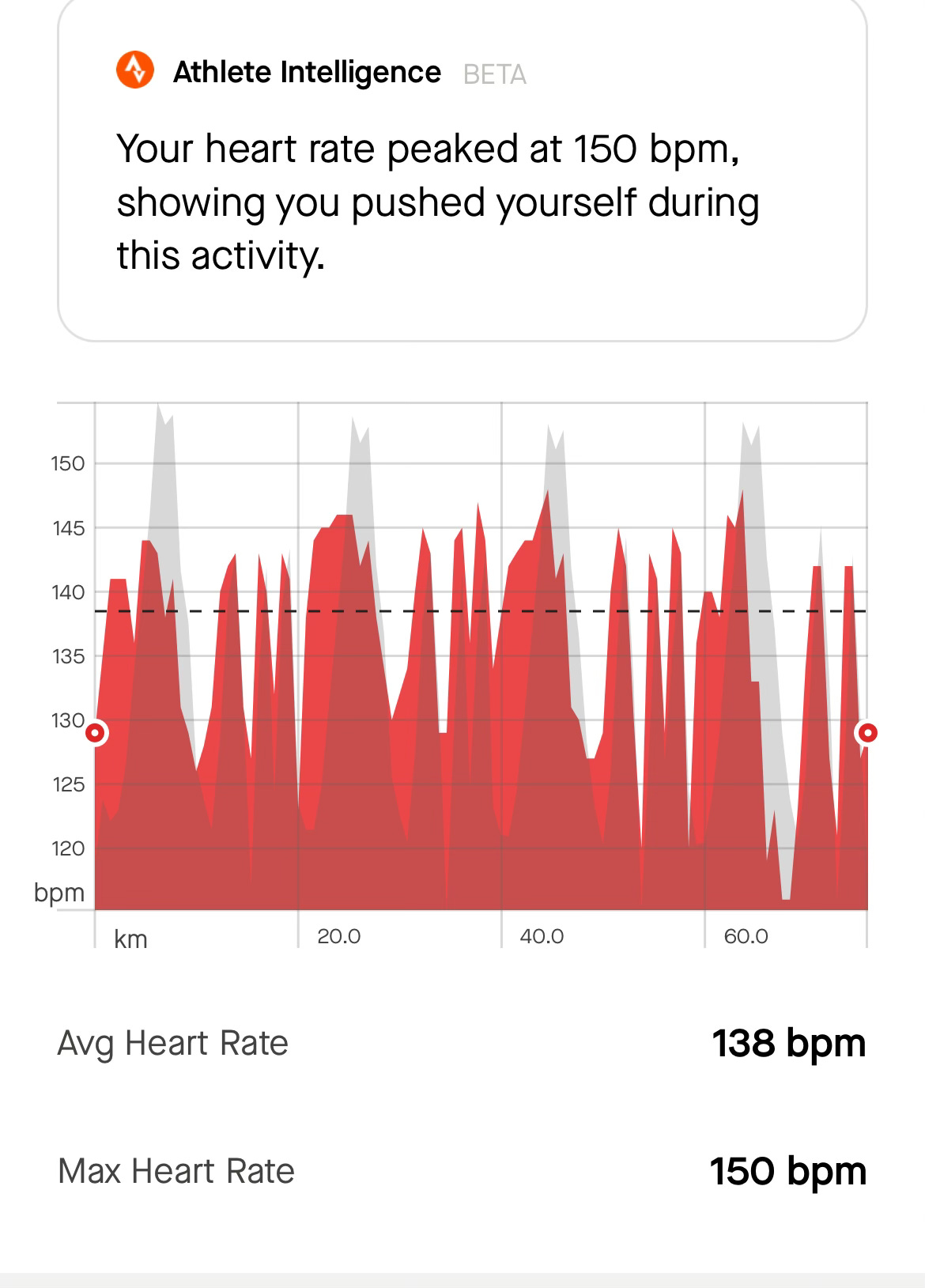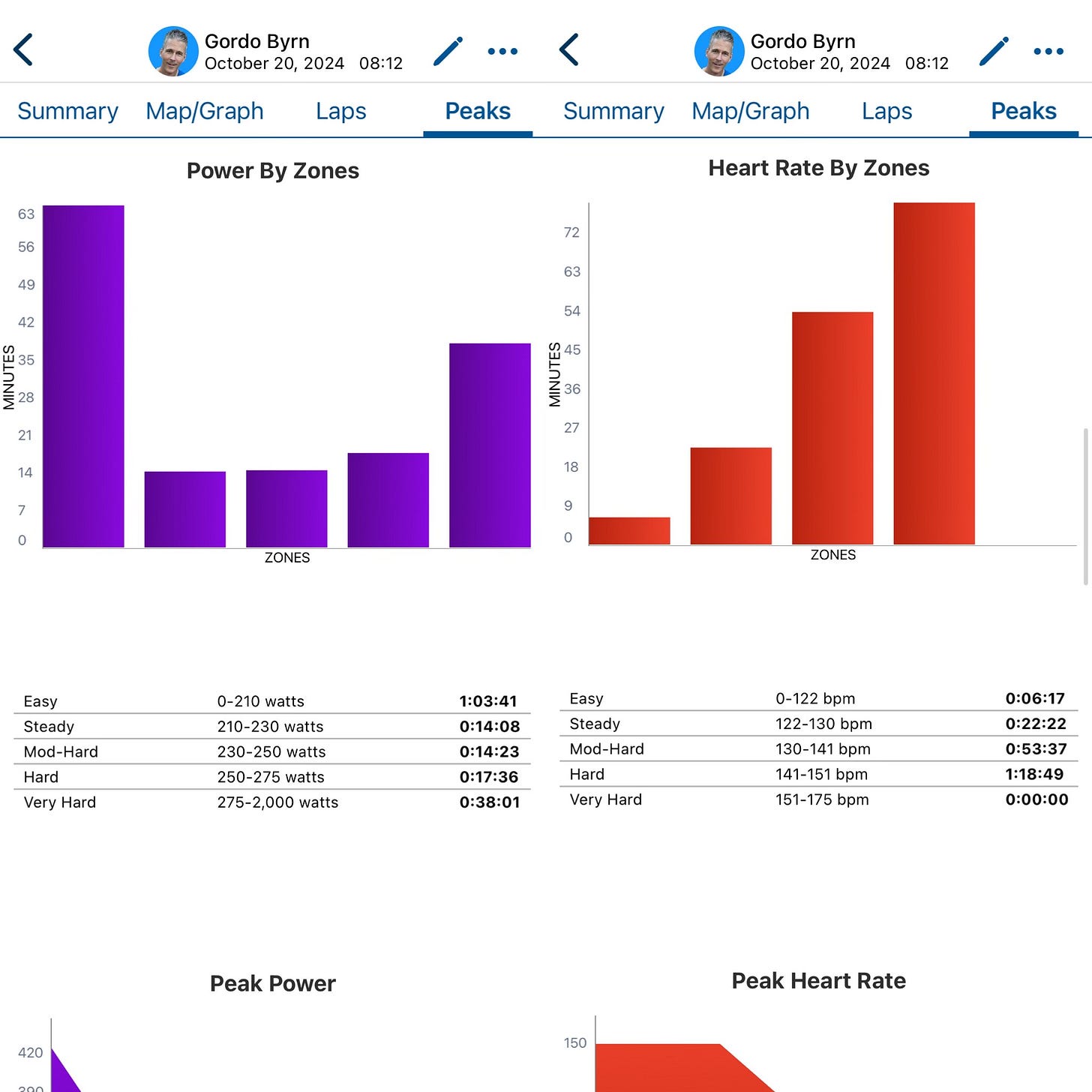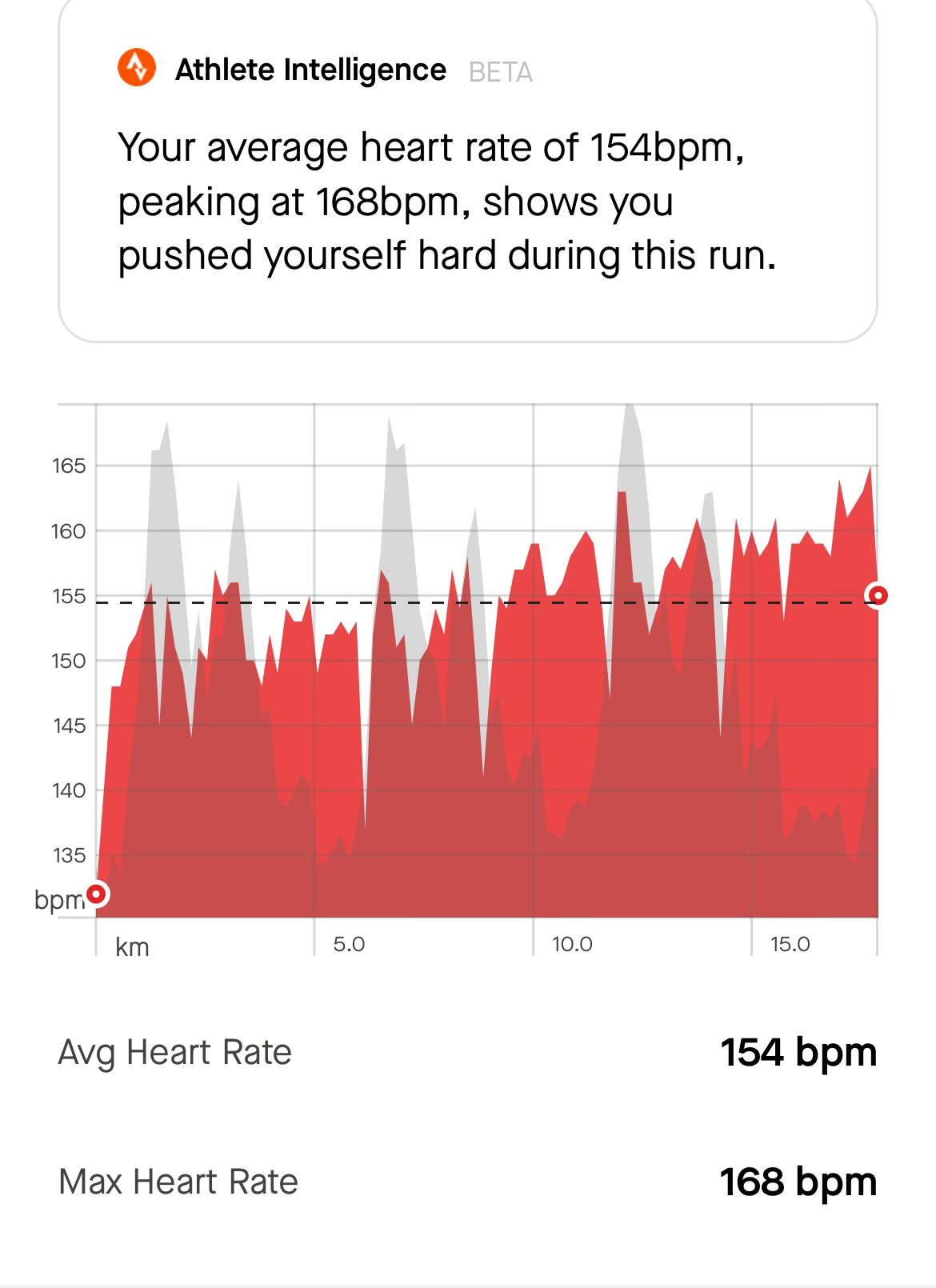
I was back in action racing the T100 in Lake Las Vegas. Great venue, weather and organization.
One of the challenges of getting ready for triathlon is finding safe venues for training on my TT bike. Around Boulder, cyclists keep getting killed while riding. We could fix this with separated bike ways but, until we get that done, my options are limited.
To work around this limiter, and avoid endless indoor miles, I’ll be racing more often.
The benefits:
A strong dose of Tempo on safe roads.
A few nights down at sea level (I live at 5500 ft/1700 meters).
(Re)Learning race skills (starts, transitions, bike packing, nutrition, hydration)
Benchmarking power & pace at different durations, to set ceilings for racing longer distances.
C-Priority Events
With a low-priority race, it’s better to rest more afterwards, than before. Why? If we rest before & after then we will lose a material amount of chronic load. To avoid this loss of load, choose race distances well within your current level of fitness. This will enable your body to absorb the race with a few easy days afterwards. Don’t be in a rush to get back at it. You’ve done the work, absorb the load.
Going into the race with normal training fatigue will make it easier to execute a more relaxed pacing plan. At the T100, I was looking for a solid Tempo workout and to test my legs with a 18km run.
My race week running program was the key part of the test:
Monday: 20km AM, 10km PM (all easy)
Tuesday: 12km AM (easy)
Wednesday/Thursday: Off Running
Friday: Track Session (6x400 vVO2)
Saturday: Off Running
Sunday: 18km Tempo
As I’m training for Challenge Roth (July 2025), race week contained the components of an Ironman event:
Monday/Tuesday was a broken marathon.
Thursday was a 4000m masters swim.
Saturday/Sunday was a broken century ride (80km each day).
The principle is to include components of my goal event inside my race week. For now, the components are included with a lot of Z1/Easy. Eventually, they will be race specific workouts placed as close as I can tolerate.
Racing is a Skill
Often our early season fitness isn’t clear.
We haven’t done much specific preparation,
Our volume has been reduced, and
We’re unsure what’s going to happen.
That’s OK. Remember, we are looking for a large training stimulus (in my case 4.5 hours of Tempo and 366 TSS). We’re also looking to hone our race skills.
Bike Transport
Race & Travel Nutrition
Pre-race Nerves
Transition Skills
Testing TT Position
Learning How To Get A Bottle
Learning How To Take Bottles In/Out At Speed
Training Race Fueling & Hydration
Patience & Arousal Control (early race)
Fortitude (late race)
As we (re)learn the experience of racing, our minds will calm down and we will make better decisions. With the break I’ve had from big events, I was quite excited at T100 and having trouble falling asleep the two nights before the event.
Pacing Unsure Fitness
Early season, we’re unlikely to know what’s possible, so it’s an ideal time to be conservative and practice progressive pacing (see video above).
How’s that going to look in practice?
T100 was relatively hilly on the bike. There were short climbs, and one uphill grade on each of the four laps.
The hills, combined with a TT swim start, made for honest racing.
There are four danger areas on the bike leg:
Starting too intensely and shutting down our digestion.
Peak power being above our tolerance, resulting in cramping on the run.
The overall ride being too intense for our fitness, resulting in a poor run.
Failure to hydrate and lack of energy uptake, resulting in a poor run.
A poorly paced race will manifest as a solid bike leg followed by a weak run, relative to fitness.
You can see the initial HR spike at the start of the bike leg. This can be addressed with Combination Workouts or (in my case) slowing down.
You'll also see heart rate dips on all of the descents. This is a sign of good general fitness (being able to recover within a race). Lower heart rate periods assist with nutrition uptake.
At Alpe Tri, I felt I needed an extra liter of fluids during the bike. So I’ve installed an XLab Torpedo water bottle on my front end. Each time I tuck my head at high speed, my chin touches the straw, reminding me to drink. We can promise ourselves we will drink… but if we don’t have the straw right there… we won’t. Even with the straw there, it took a conscious effort to get it done.
Another change was installing a behind the saddle bottle mount. I started the bike leg with those cages empty and my liquid nutrition on my frame cages. I wanted to make it easy as possible to grab extra fluids.1
Watching the athletes around me, I was reminded that bottle manipulation is a learned skill.
Triathlon Pacing
Riding well is about energy management. The key components are:
Go fast when the race is slow.
Roll as many zeros (coasting, with tight aero position) as possible.
When braking, open the body up from the aero position.2
Drop power when speed is high.
Generate velocity with minimal cost.
Set up an excellent run.
As fitness, race experience and confidence increase, we can put more effort into the bike. Early season, we’d be wise to emphasize run performance. I had a large difference between my average bike HR (138 bpm) and run HR (154 bpm). But there’s more going on that simple averages. Recall there were HR dips on the bike when I was recovering, hydrating and fueling. The bike was done as a Tempo interval workout.
The question to ask yourself…
How long will I be able to push hard?
When I’m in great shape, the answer is “about 90 minutes” and I place that 90 minutes at the end of the race, or break it up strategically across the event.
Early season, at T100, my answer was “30 minutes, maybe.”
The three lap run course was perfect to execute my strategy3. While I rode the bike laps similarly, the run had a different strategy. My plan going into the race:
First Lap - settle in
Second Lap - push
Third Lap - see how it goes
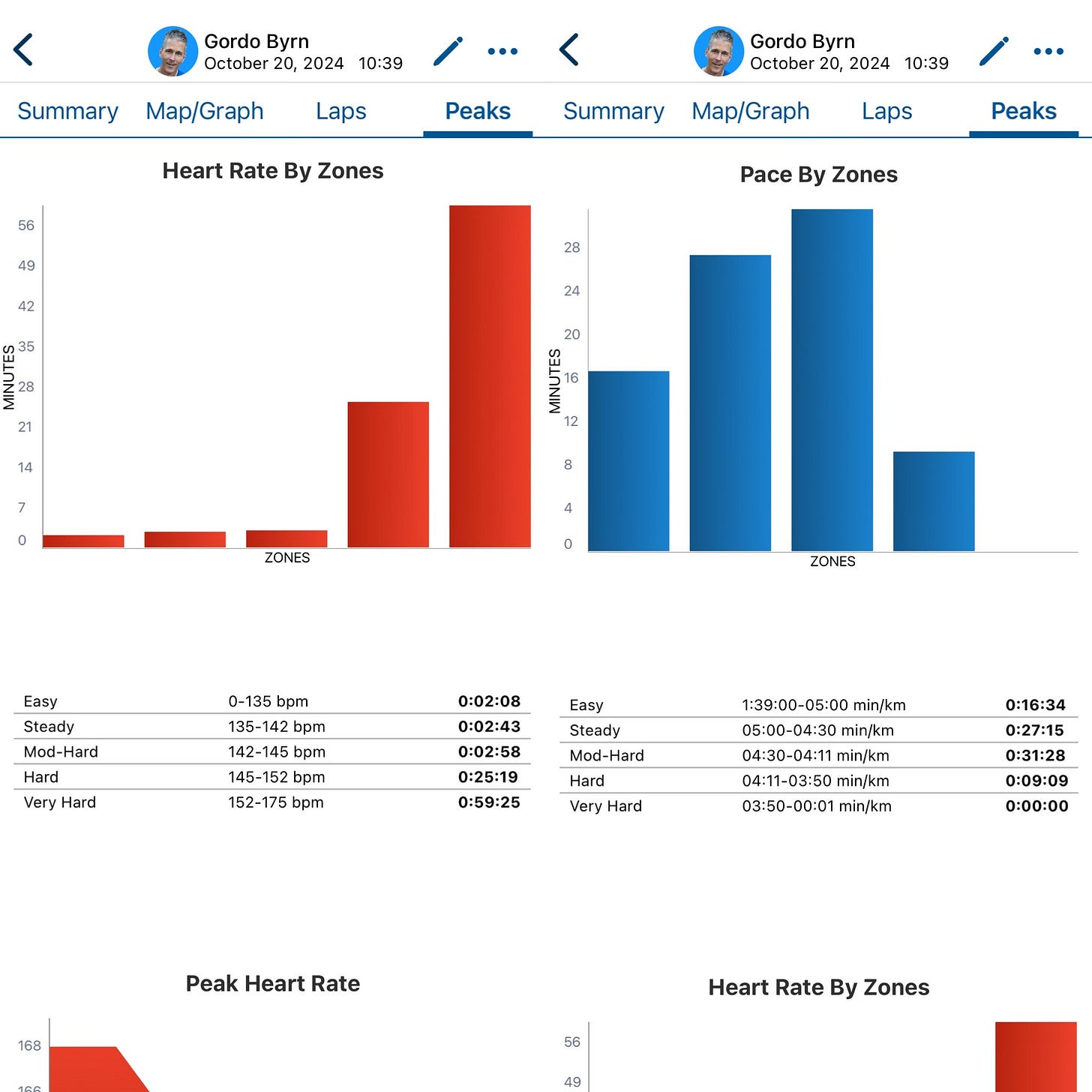

My final loop was a little faster but look (above) at how much extra HR it took. We need to “save” mojo and heart beats to be able to hold pace late in our events. Just like a marathon, a well-paced triathlon is typified by not slowing down.
The three slowest Ks were aid stations where I inserted walk segments and filled my race suit with ice. If you look at my bike HR profile then you can see big dips where I had fueled/hydrated at high speed. I started the run with a full gut and didn’t need aid on Lap One.
Two final tips:
Starting the run relaxed reduces the likelihood of cramps. Early season races are often the first time our muscles have been subjected to a large dose of race-specific intensity.
Our internal speedometer is out of whack when we come off the bike. Compare my actually paces 0-6km and 12-18km. Not much of a difference in velocity but a massive change in feeling.
If it feels hard early then slow down.
At The Races
I first raced Jason at Ironman Canada 2000 (!). That day, like last week, he finished (considerably) in front of me.
Fun fact: at Ironman Canada 2000 Jason went 9:15:12.
Roll forward twenty-four years to Challenge Roth 2024 and Jason dominated our age group with an impressive 9:15:37.
It was great to see Jason, and many of you, at the race. It’s nice to connect in real life.
Coach Hellemans is going to have the last word today.
John’s Experience
I was initially surprised to see Gordo line up for the Las Vegas T100 so soon after his well-deserved break following his epic Alpe d’Huez triathlon effort in July. However, after reading his reflection on the event, his reasoning became clear.
Gordo categorises his races into three tiers:
A race: High priority, occurring once or twice a year.
B race: Used to build up towards the main event, focusing on specific performance goals.
C race: This is a ‘training’ race designed as a structured training day.
It takes a mature athlete to adhere to these distinctions on race day. The best-laid plans are often abandoned when the gun goes off and competitive instincts take over. But Gordo approached the T100 with discipline, treating it as a C race—a purposeful training event, not deviating from that at any time.
His main objectives were to test and train on his time trial bike on a safe course, pace himself with a solid training run, and refine critical race skills such as nutrition, transitions, pre-race arousal, mental attitude and travel logistics. He also aimed to gather data to benchmark his pace and power output. Additionally, the event provided some much-needed variety in terrain and environment, taking him out of Boulder, where much of his training at this time of year is confined to indoor sessions.
Gordo’s data suggests he is easing off at the end of the bike session to prepare himself for the run. That is an excellent and safe strategy when doing a training race. It shows a lot of self-discipline. This is a good strategy in a high-priority race as well, but it is harder to achieve, as you don’t want to lose too much time. But by then, you will be better prepared, with an increased level of specific race fitness, so there will be less need to implement this strategy and you can let it depend on how the race is developing and how you feel.
Racing can be an effective shortcut to achieving race fitness. Still, it comes with risks: travel-related fatigue, exposure to large crowds (increasing the chance of illness), and the potential for injury from over-pacing when underprepared. Some of these risks can be minimised by opting for low-key, regional (limiting travel) events and "training through" the race—entering it with residual fatigue (by not fully tapering), as Gordo did. This approach helps control pacing and prevents overexertion. Post-race, Gordo took a few easy days to let his body absorb the training load and recover fully, demonstrating the kind of self-discipline needed for long-term gains. Throughout the race, Gordo carefully monitored and recorded his pacing, power output, and nutrition, which gave him valuable feedback for future events.
Gordo’s experience at the T100 is a textbook example of approaching a (self-proclaimed) C race safely and effectively. He would not have liked coming second in his 55–59 age group, but I know Gordo well enough that he accepted the result, as in a C-event, the result is always secondary to the primary objectives. Jason Sandquist, the winner of his age group, will likely face a very different Gordo Byrn when they meet again in the future in an A-race.
Back to Table of Contents
In training, I carry a lot of fluids. This lets me ride longer between stops and I don’t mind learning how to deal with a heavier bike. My bottle choice is Zefal Magnum.
I call opening up “popping the parachute.” Don’t pop the chute unless you want to slow down. If you can’t hold your aero position comfortably for the entire bike leg then change the position.

